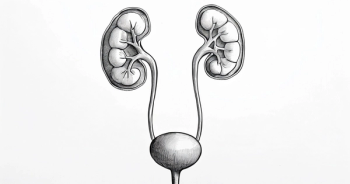
Varying Incidence of HPV-Positive and Negative Oropharyngeal Cancers
Jimmy Caudell, MD, PhD, discusses the overall incidence of human papillomavirus-positive and negative oropharyngeal cancers in the United States.
Jimmy Caudell, MD, PhD, senior member and vice chair for the Clinical Research Department of Radiation Oncology at Moffitt Cancer Center, discusses the overall incidence of human papillomavirus (HPV)-positive and negative oropharyngeal cancers in the United States.
According to Caudell, patients with HPV-positive cancers are overall younger in age while the incidence of HPV-positive oropharynx cancer is increasing among older adults.
However, the overall incidence of HPV-positive oropharynx cancers is increasing in the United States as a whole. At the same time, the incidence of HPV-negative cancer is decreasing. Both are likely linked with the impact of smoking and cancer stage of patients.
Transcription:
0:08 | Overall, the incidence of oropharyngeal cancer is relatively stable, but within the incidence of HPV-positive oropharyngeal cancer, it is increasing quite rapidly, whereas HPV-negative, at least in the United States, is decreasing. Recent publications released in the last 5-10 years consider HPV-related oropharyngeal cancer to be an epidemic.
0:39 | Similar to many other smoking-related cancers, HPV-negative cancers of the head and neck have been decreasing because people have been smoking less or not smoking at all. HPV-positive oropharyngeal cancer is increasing in incidence because, at the base of it, it is a sexually transmitted disease.











































